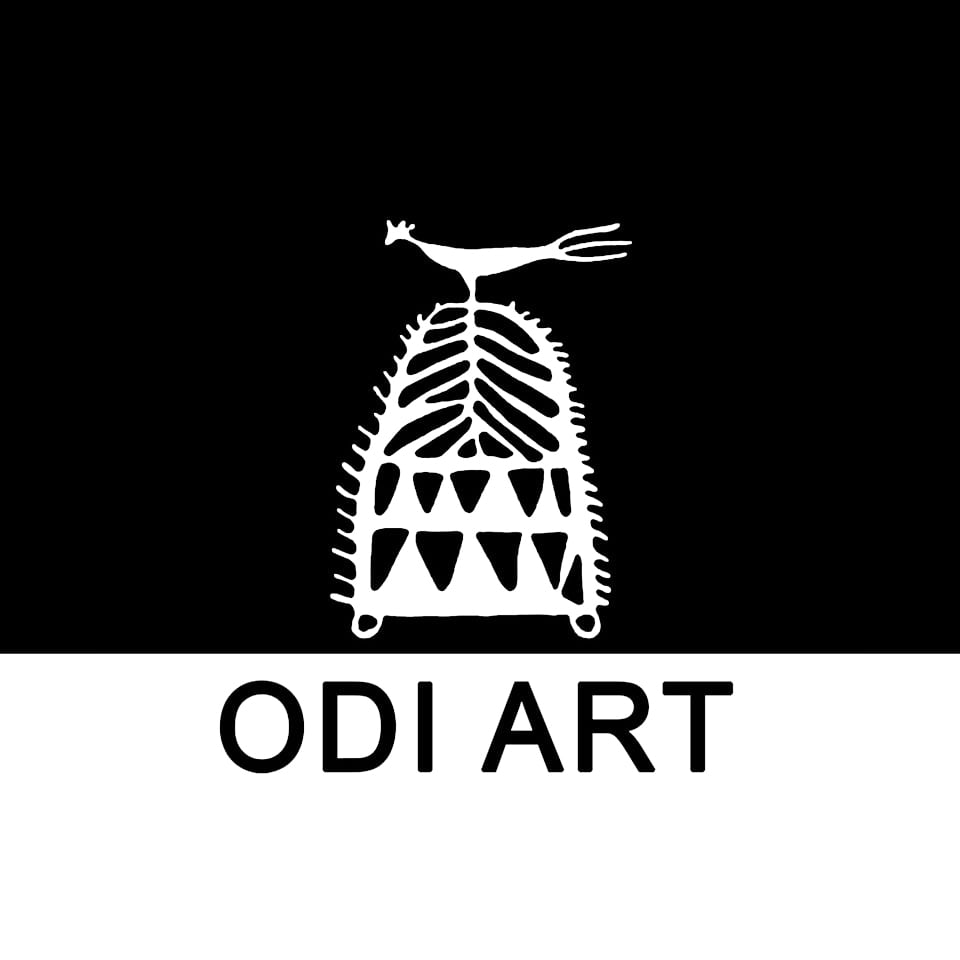Horn work, Paper mache and Jou kandhei
This gallery displays the unique Horn work of Paralakhemundi, paper mache chariot of Bhubaneswar, ‘Jaukandhei’ or Lacquer dolls of Balasore and wood works of Puri. The flexible brass fish of Belguntha is an important collection of the museum.
Jou Kandhei (Balsore)
Amoung multiple crafts, Jou Kandhei is a traditional folk art of Odisha. Jou or Lacquer is the natural material with juice from the stems of Kusumi tree.
The Jou Kandhei tradition is prevalent in Balasore district of Odisha. The ‘Shankhari’ Community of Balasore collect soil from the barks of River Buddha Baling and make these earthen dolls of bride and bride groom. They fire these dolls in the oven and apply various coloured Lacquer on it to make those colourful.
As per tradition, the brides in Balasore carry these two dolls of bride and groom to her in law’s place in her ‘pedi’ or box. It is local belief that the two Jou Kandhei ensure them a long and happy married life.
Belguntha Brass Fish
‘Belguntha Brass Fish’ or the elastic fish of Belgunatha craft started from 9th century AD in Ganjam district. It is believed that Maharaj Krushna Chandra Bhanja of Paralakhemundi awarded “Bindhaani Ratna” title to an eminent craftsman of his time, shri Bhikari Maharana for his excellence in the craft. This craft of Belguntha combines skill, science and art in making this elastic brass fish. Depending on the size of the fish, the craftsmen design small or big scales of the fish and various parts of fish by melting brass in an oven. They link together various parts of fish body with the help of wires to give the shape of fish and its movement of body and tail. The most important aspect of Belguntha fish is that it moves its tail when the fish body is bent in different directions.


